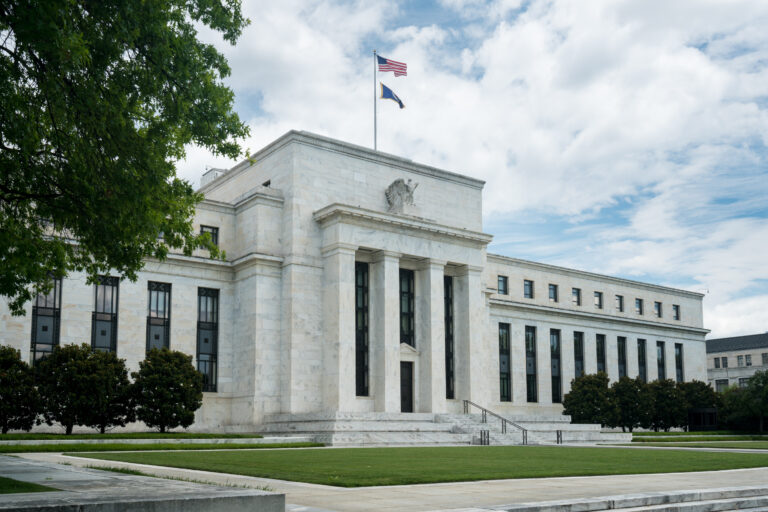Dividend dates explained

Having the dividend dates explained ensures you make informed decisions and optimize your dividend income.As a dividend investor, understanding the critical dates associated with dividend payments is essential to maximize your investment returns. This article will delve into the key dates you need to watch: the declaration date, ex-dividend date, record date, and payment date. We’ll explain what each of these dates means and how they impact your dividend investing strategy. Additionally, we’ll provide an example using Main Street Capital to illustrate these dates in action.
The Declaration Date
The declaration date is the first key date in the dividend payment process. It is the day when a company’s board of directors announces that a dividend will be paid. On this date, the company specifies the amount of the dividend, the ex-dividend date, the record date, and the payment date.
For dividend investors, the declaration date is crucial because it officially confirms that a dividend will be paid. It also provides essential information that allows investors to plan their strategies around the upcoming dividend payment.
The Ex-Dividend Date
The ex-dividend date is perhaps the most critical date for dividend investors. It is the date on which the stock begins trading without the value of its next dividend payment. To be eligible to receive the upcoming dividend, an investor must purchase the stock before the ex-dividend date.
If you purchase the stock on or after the ex-dividend date, you will not receive the dividend. Instead, the seller of the stock will receive it. Understanding the ex-dividend date is essential for timing your investments and ensuring you qualify for the dividend.
The Record Date
The record date follows the ex-dividend date and is the cutoff date set by the company to determine which shareholders are eligible to receive the dividend. Only shareholders who are on the company’s books as of the record date will receive the dividend payment.
It’s important to note that there is typically a two-business-day settlement period for stock trades. This means you must buy the stock at least two days before the record date to be listed as a shareholder on the record date. The ex-dividend date is usually set one business day before the record date to account for this settlement period.
The Payment Date
The payment date, also known as the dividend payment date, is the day on which the company distributes the dividend to eligible shareholders. This is the date that dividend investors look forward to, as it is when they receive the actual dividend payment in their brokerage accounts.
The payment date is the final step in the dividend process and signifies the completion of the dividend cycle. Understanding the payment date helps investors manage their cash flow and reinvest dividends effectively.
Chronological Order of Dividend Dates
To summarize, here is the chronological order of the key dividend dates:
- Declaration Date: The company announces the dividend, ex-dividend date, record date, and payment date.
- Ex-Dividend Date: The stock begins trading without the value of the next dividend. Investors must purchase the stock before this date to receive the dividend.
- Record Date: The company determines which shareholders are eligible to receive the dividend based on its records.
- Payment Date: The company pays the dividend to eligible shareholders.
Example: Main Street Capital (MAIN) Dividend Dates
Let’s take a practical example using Main Street Capital (MAIN) to illustrate these dates.
Declaration Date: January 2, 2024
Main Street Capital announces a quarterly dividend of $0.21 per share, with the ex-dividend date, record date, and payment date.
Ex-Dividend Date: January 15, 2024
To receive the dividend, investors must purchase Main Street Capital shares before January 15, 2024. If they buy the stock on or after this date, they will not be eligible for the dividend.
Record Date: January 16, 2024
Only shareholders who are on the company’s books as of January 16, 2024, will receive the dividend payment.
Payment Date: February 14, 2024
Main Street Capital distributes the dividend to eligible shareholders on February 14, 2024. Investors will see the dividend credited to their brokerage accounts on this date.
Understanding these dates is essential for dividend investing because it ensures you know when to buy the stock to receive the dividend and when you will receive the dividend payment.
Importance of Knowing Dividend Dates for Dividend Investing
Being aware of these dates is vital for effective dividend investing. Here are some reasons why:
Timing Purchases and Sales
Knowing the ex-dividend date helps you time your stock purchases and sales to maximize dividend income.
Dividend Capture Strategy
Some investors use the dividend capture strategy, buying stocks just before the ex-dividend date and selling them shortly after the record date. Understanding these dates is crucial for this strategy.
Cash Flow Management
Knowing the payment date helps you manage your cash flow and plan for reinvestments.
Avoiding Missed Dividends
Missing the ex-dividend date means missing out on the dividend payment. Being aware of the dates ensures you don’t miss out.
In summary
Dividend investing requires a keen understanding of the key dates associated with dividend payments. By keeping track of the declaration date, ex-dividend date, record date, and payment date, you can ensure that you maximize your dividend income and optimize your investment strategy.
As the legendary investor Peter Lynch once said, “Know what you own, and know why you own it.” Understanding the important dates in dividend investing is part of knowing your investments and making informed decisions.
Investing in dividend stocks can provide a reliable income stream, but it’s essential to stay informed and strategic about your investments. By paying attention to these critical dates, you can enhance your dividend investing approach and achieve your financial goals.



